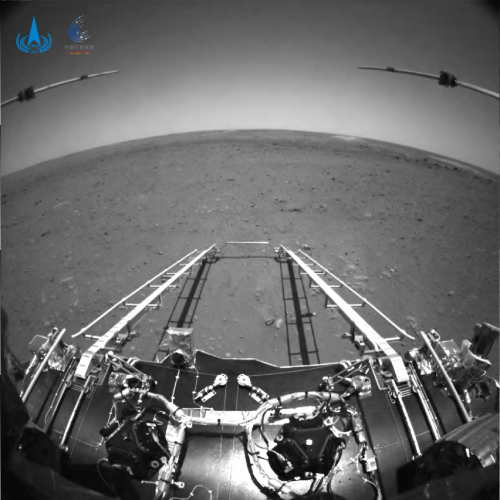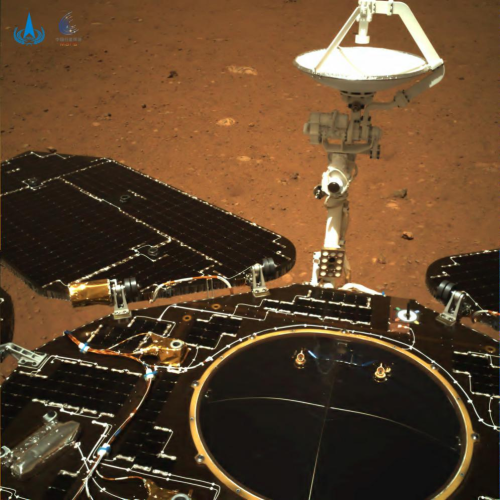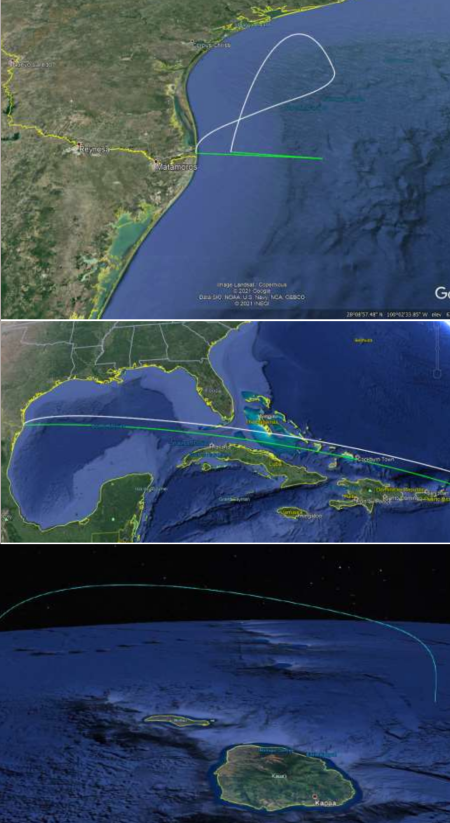China scrubs launch of station cargo freighter again
For the second time in two days China has scrubbed the launch of the first unmanned Tianzhou cargo freighter to the core module of its space station,
As before, the Chinese only said that the scrub was due to unstated “technical issues.”
They will likely try again tomorrow, but that is pure speculation. Without a more detailed report from China, we really have no idea what is happening.
For the second time in two days China has scrubbed the launch of the first unmanned Tianzhou cargo freighter to the core module of its space station,
As before, the Chinese only said that the scrub was due to unstated “technical issues.”
They will likely try again tomorrow, but that is pure speculation. Without a more detailed report from China, we really have no idea what is happening.












